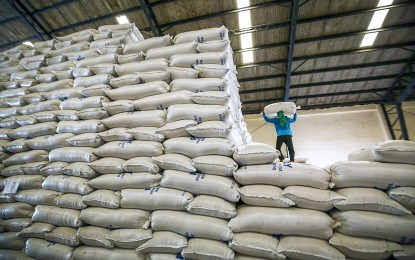Philippines expected to Increase Rice Imports as Harvest may all short this year

Forecasted Decline in Local Harvests
The Department of Agriculture (DA) has reported that the projected rice output for 2025 may not be enough to sustain the nation’s consumption needs. This is due in part to the effects of the El Niño phenomenon, which has led to drought conditions in key rice-producing provinces such as Nueva Ecija, Isabela, and parts of Mindanao.
“We are looking at a lower harvest than expected, particularly in the first half of the year,” said Agriculture Secretary Francisco Tiu Laurel Jr. “Climate disruptions have significantly affected irrigation levels, which could lead to reduced yields.”
Aside from weather conditions, the rising cost of fertilizers and fuel has also put a strain on local rice farmers. Some have struggled to maintain their usual production levels, forcing them to cut down on planting. The ongoing modernization of farming techniques has helped improve yields in some areas, but officials say this will not be enough to fully offset the decline.
Importing More Rice to Stabilize Supply
To prevent possible shortages and control inflation, the Philippine government is expected to increase rice importation in the coming months. The National Food Authority (NFA) has already begun discussions with major rice-exporting countries, including Vietnam, Thailand, and India, to secure additional supply.
“We are in talks with key suppliers to ensure we have enough buffer stocks,” said NFA Administrator Roderico Bioco. “Rice prices need to remain stable, especially for consumers who rely on this staple for daily nutrition.”
The Philippines has been one of the world’s largest rice importers for years, relying heavily on external supply to fill domestic gaps. While past administrations have aimed to achieve rice self-sufficiency, challenges such as climate change, outdated farming methods, and land conversion for commercial use have made it difficult to reach this goal.
Impact on Consumers and Market Prices
Rice prices in the Philippines have remained high in recent months, and an increase in imports is expected to help stabilize costs. In 2024, the government implemented price ceilings on regular and well-milled rice to protect consumers from price surges. However, critics argue that price controls have not effectively addressed long-term supply issues.
Some market analysts warn that a heavy reliance on imports could make the country vulnerable to global price fluctuations. If exporting nations impose restrictions or face production challenges, the Philippines may struggle to secure affordable rice in the future.
“It’s crucial to strike a balance between imports and local production,” said economist and food security expert Dr. Raul Montemayor. “We need to support our farmers while ensuring we have enough supply to feed the population.”
Calls for Long-Term Agricultural Solutions
With the threat of recurring climate events, agricultural groups are urging the government to invest more in irrigation systems, farm-to-market roads, and subsidies for farmers. Some organizations have also pushed for more research into climate-resistant rice varieties that can withstand droughts and floods.
“We cannot keep depending on imports forever,” said Federation of Free Farmers Chairman Leonardo Montemayor. “The government must strengthen our local agriculture sector so that we can become self-sufficient in rice production.”
Meanwhile, consumers are hoping for a stable rice supply at reasonable prices. The Philippine government has assured the public that it is closely monitoring the situation and will take necessary actions to prevent a rice crisis.
Looking Ahead
As the country braces for possible rice shortages, the government's strategy of increasing imports may provide temporary relief. However, long-term solutions such as improved irrigation, better farmer support, and investments in agricultural research will be crucial to ensuring food security in the future.
For now, all eyes are on the upcoming rice harvest and whether it will meet expectations or necessitate further reliance on foreign supply.
What's Your Reaction?












/https://tf-cmsv2-smithsonianmag-media.s3.amazonaws.com/filer_public/54/66/546650fa-26a4-40fd-8d6d-5a7a04540f81/rosetta2.png)
:max_bytes(150000):strip_icc():focal(999x0:1001x2)/robert-prevost-050825-1-39395418ab494da5a3a700c9478e66c8.jpg)


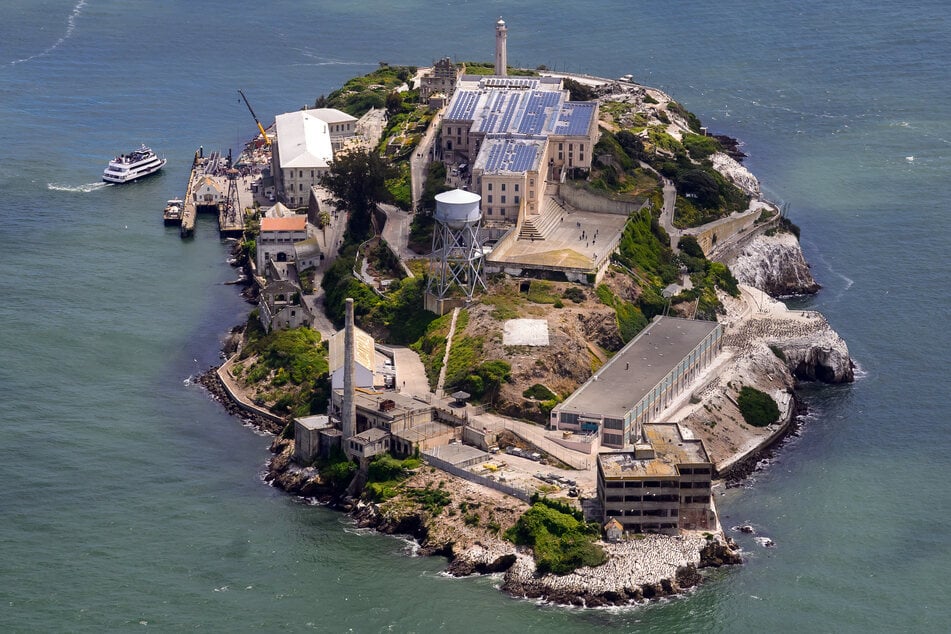

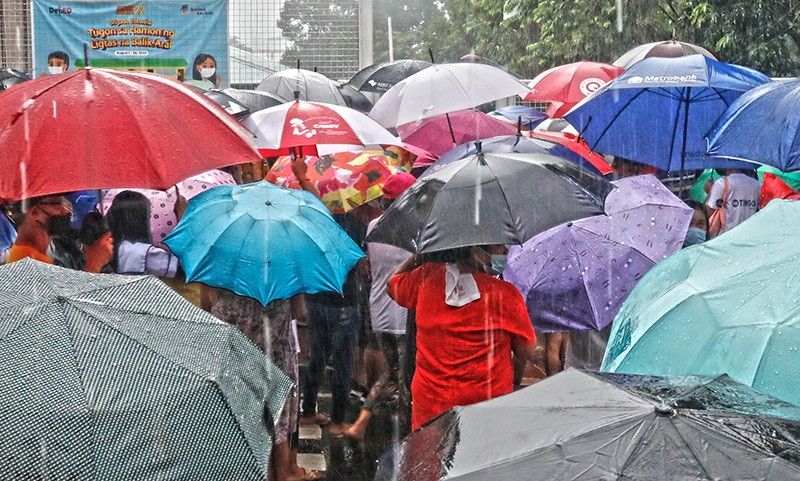

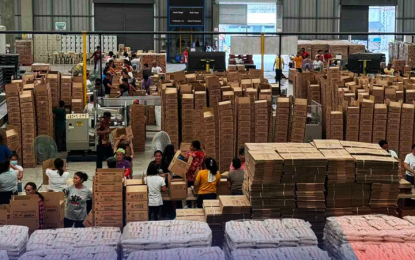












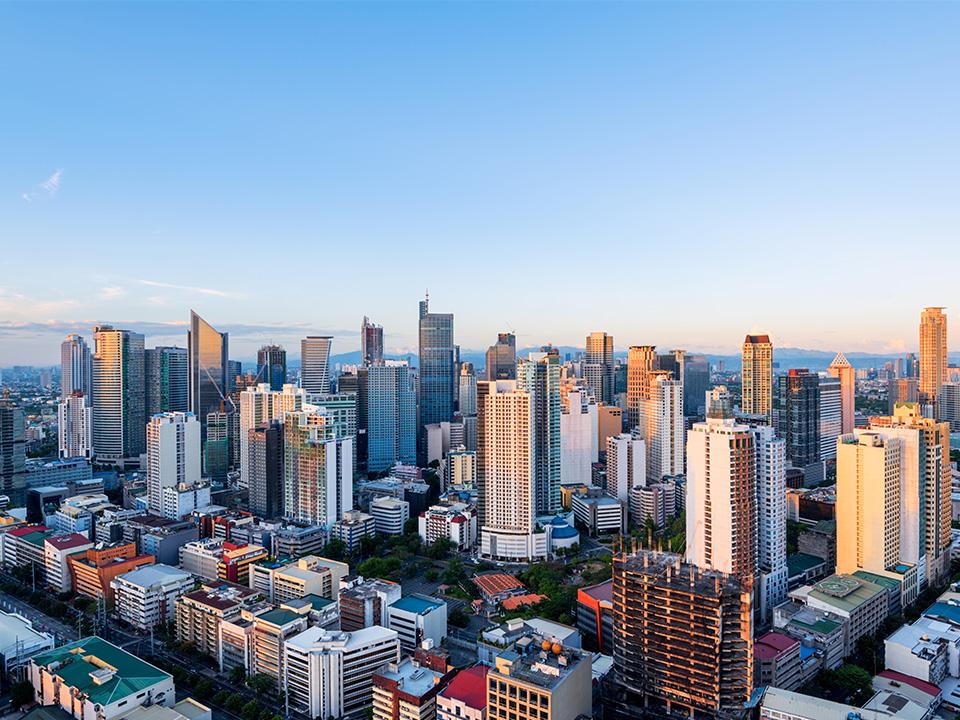



























format(webp))
format(webp))











